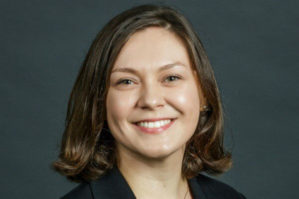Valentina Assenova, Management, The Wharton School
PLoS ONE 13(5): e0196699
Abstract: Complex innovations – ideas, practices, and technologies that hold uncertain benefits for potential adopters — often vary in their ability to diffuse in different communities over time. To explain why, I develop a model of innovation adoption in which agents engage in naïve (DeGroot) learning about the value of an innovation within their social networks. Using simulations on Bernoulli random graphs, I examine how adoption varies with network properties and with the distribution of initial opinions and adoption thresholds. The results show that: (i) low-density and high-asymmetry networks produce polarization in influence to adopt an innovation over time, (ii) increasing network density and asymmetry promote adoption under a variety of opinion and threshold distributions, and (iii) the optimal levels of density and asymmetry in networks depend on the distribution of thresholds: networks with high density (>0.25) and high asymmetry (>0.50) are optimal for maximizing diffusion when adoption thresholds are right-skewed (i.e., barriers to adoption are low), but networks with low density (<0.01) and low asymmetry (<0.25) are optimal when thresholds are left-skewed. I draw on data from a diffusion field experiment to predict adoption over time and compare the results to observed outcomes.
 Listen to Valentina Assenova discuss this research with Knowledge@Wharton.
Listen to Valentina Assenova discuss this research with Knowledge@Wharton.



